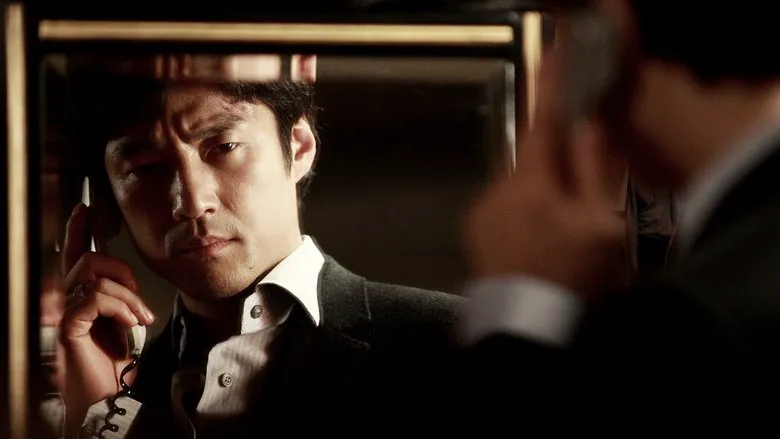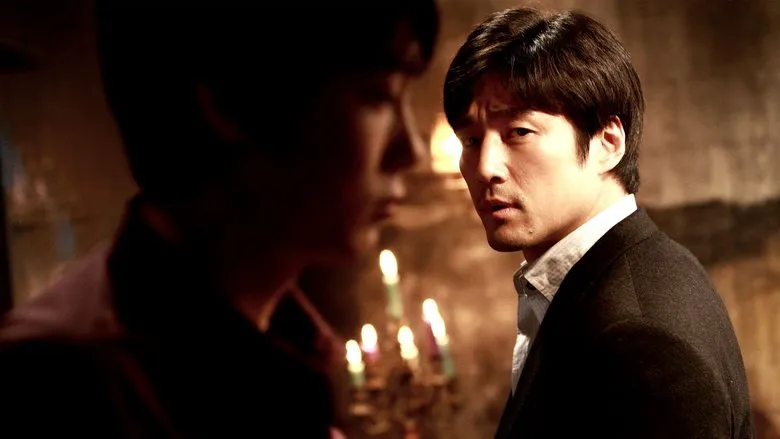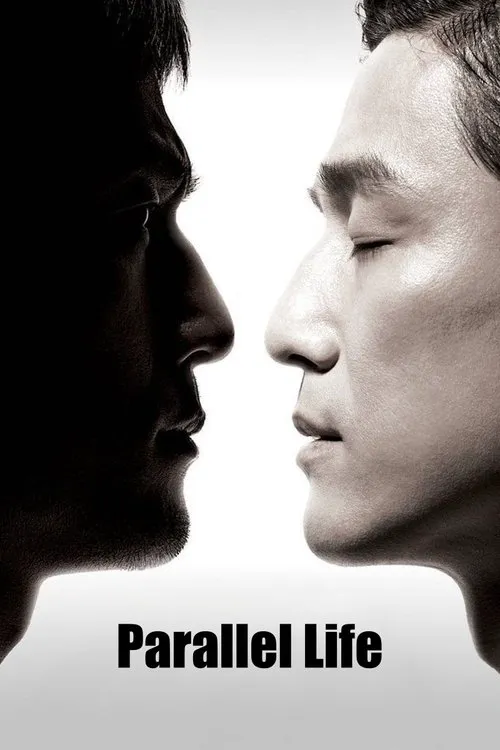Unraveling Time and Identity: A Behind-the-Scenes Look at “Parallel Life”
“Parallel Life” is not just another psychological thriller; it’s a meticulously crafted journey into the very fabric of time, identity, and the haunting echo of what might have been. Filmmakers behind this mind-bending drama embarked on an ambitious quest to explore the profound concept of interconnected destinies, pushing the boundaries of traditional storytelling to deliver an experience that resonates long after the credits roll.
The Spark of a Parallel Universe: Conceptualizing the Narrative
The genesis of “Parallel Life” lay in a single, compelling question: What if your past wasn’t entirely your own, but a pre-played record of another’s life? The writers sought to explore this chilling premise through the eyes of Daniel, whose world crumbles upon discovering an uncanny connection to Mark, a man who lived decades prior. The decision to make Mark Daniel’s identical twin from another era, tragically perishing under circumstances mirroring Daniel’s own life, was the crucial narrative linchpin. This high-stakes premise immediately set the tone for a film steeped in existential dread and an escalating sense of urgency.
Director and screenwriters dedicated themselves to building a believable, albeit surreal, world where such a parallel existence could unfold. The choice to initiate the ‘connection’ with dual tragedies – the murder of Mark’s wife mirroring his own – not only establishes the stakes but immediately hooks the audience into Daniel’s desperate quest for truth.

Crafting the Intertwined Realities: A Delicate Balance
One of the most significant challenges in producing “Parallel Life” was the seamless weaving of two distinct timelines – Daniel’s present and Mark’s 1980s past. The creative team aimed for more than just juxtaposition; they aspired for a genuine entanglement, where events in one era subtly illuminate or tragically dictate the other. This required meticulous scriptwriting, ensuring that Daniel’s investigation into Mark’s cold case files provided genuine clues and startling echoes, rather than mere exposition.
The team behind the film poured over historical details to accurately reconstruct the late 1980s for Mark’s narrative, from costume design to set dressing, ensuring authenticity provided a stark yet familiar backdrop for his tragic story. This allowed for precise visual and thematic parallels to be drawn, making the uncanny resemblances in choices, habits, and relationships between Daniel and Mark all the more impactful. The subtle “discrepancies” Daniel uncovers serve as brilliant narrative devices, slowly chipping away at the seemingly predetermined nature of events, introducing the thrilling possibility of free will amidst overwhelming fate.
The Human Core: Relationships Under Duress
Beyond the high-concept premise, “Parallel Life” shrewdly delves into the most human of connections: personal relationships and marriages. The development of both Daniel and Mark as loving, devoted husbands, burdened by their own unique quirks, was central to the film’s emotional resonance. The parallel character arcs of their wives, each fiercely protective yet harboring secrets, adds layers of psychological complexity.
Filmmakers emphasized the escalating tension within Daniel’s own marriage as his obsession with Mark’s life grows. This served not only as a realistic portrayal of a relationship under strain but also as a way to raise the personal stakes significantly for our protagonist. It forces Daniel, and by extension the audience, to confront the darker aspects of his character and question the very foundations of loyalty and trust, mirroring Mark’s own relational challenges.

Atmospheric Craftsmanship: Building Foreboding and Dread
The visual and sonic landscape of “Parallel Life” was consciously designed to achieve an atmosphere heavy with foreboding and existential dread. Cinematographers employed distinct color palettes and lighting cues to differentiate but also subtly blend the two timelines, blurring the lines between past and present, dream and reality. The deliberate pacing allows the suspense to build organically, letting the audience internalize Daniel’s growing obsession and the eerie nature of his discovery.
The use of evocative sound design—subtle echoes, shifting resonances, and a score that underscores the psychological tension—plays a critical role in immersing viewers within Daniel’s increasingly disorienting perception. Every detail, from the choice of lens to the cuts between scenes, was calibrated to heighten the sense of a world where causality is ambiguous and danger lurks in the shadows of predetermined fate.
The Ultimate Revelation: Deconstructing Fate and Free Will
The climax of “Parallel Life” is engineered to be nothing short of breathtaking and redefines the established boundaries of fate and free will. The screenwriters meticulously laid seeds throughout the narrative that culminate in a shocking secret and a twist that forces a profound re-evaluation of everything that came before. This bold narrative choice elevates the film beyond a simple thriller, transforming it into a profound meditation on destiny and the interconnectedness of human experience.

Ultimately, “Parallel Life” is a testament to bold storytelling and masterful execution. It challenges viewers to ponder deeply, pushing them into a thrilling intellectual and emotional adventure. It’s a film that leaves an indelible mark, prompting questions about our own places in time and the unseen forces that might shape our lives. Is Daniel truly free, or is his path inextricably linked to Mark’s in ways that transcend time and space? “Parallel Life” dares to ask, and its answer is unforgettable.